In the same way octane indicates the ignition stability of gasoline, cetane values are assigned to diesel fuel to rate its combustion quality.
Cetane numbers are used to indicate the combustion speed of diesel fuel. Diesel fuels with higher cetane ratings have shorter ignition delays, providing more complete combustion and allowing engines to operate more effectively.
We asked mechanical engineer Mark Nyholm, AMSOIL Product Manager – Heavy Duty, to elaborate on the importance of understanding cetane and why AMSOIL carries Diesel Cetane Boost in its diesel products line.
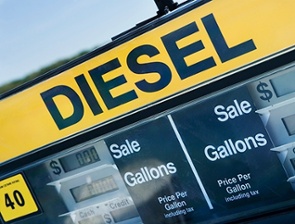
If diesel engines operate better with higher cetane values, why is most diesel fuel only between 40 and 45?
Mark Nyholm: This is a really great question and I believe it comes down to economics from the perspective of the fuel refinery.
If the crude oil they have will provide a cetane value of, let’s say, 40 and today’s engines run at optimum efficiency with a cetane value of 48, what incentive does the refinery have to improve the cetane value? Will the market bear the increased per-gallon cost of diesel if the refinery adds cetane improver? The answers are “none” and “not really.”
Most diesel owners don’t have a clue what cetane does for them let alone the appropriate number for their engine.
Since diesel cetane value is not published at the pump, most diesel owners simply know they need to pull the green-handled ULSD pump and fill up the tank.
The limit was set so that all fuels could reasonably achieve this minimum 40 number without adding a bunch of cetane improver to it. That value, I also imagine, was determined by the Engine Manufacturers Association to be “acceptable” for operation, even though not ideal.
How does increased diesel cetane reduce smoke and emissions and improve fuel economy?
Nyholm: Cetane number is a measure of combustion efficiency. The higher the number, the better potential for each and every droplet that is sprayed into the combustion chamber to burn and produce power.
The more efficiently the fuel burns in the combustion chamber, the less possibility to produce smoke and byproducts of combustion that the exhaust after-treatment system must manage.
The more of that fuel that burns, the better power output and better possible fuel mileage you can expect to achieve from the engine.
For whom is AMSOIL Diesel Cetane Boost designed? OTR truckers or diesel-truck enthusiasts?
Nyholm: Typically enthusiasts buy cetane improvers. Now, you will find enthusiasts in about every market out there, so it’s hard to narrow down which market buys the most in volume.
If I were to guess, I’d say the two most popular applications that use cetane improvers are turbodiesel pickups and class 8 OTR trucks.
Updated. Originally published: March 21, 2018.
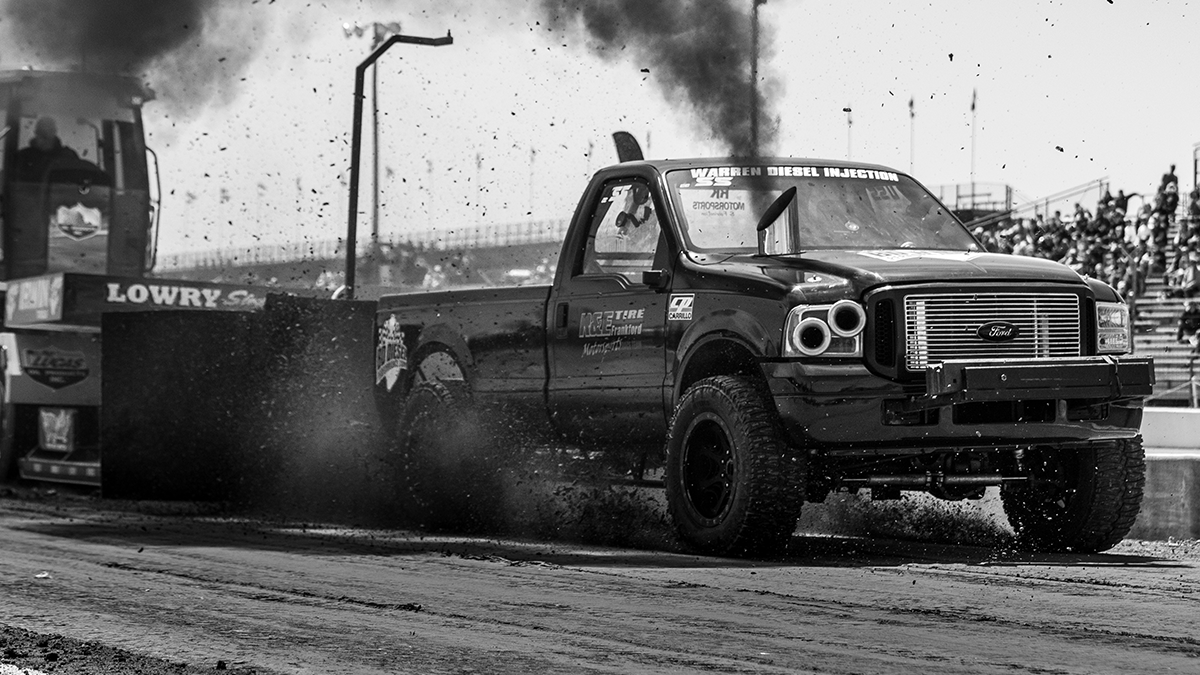

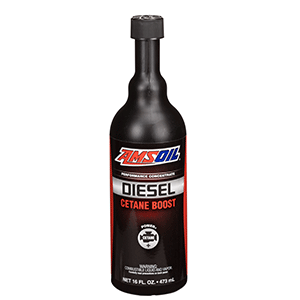
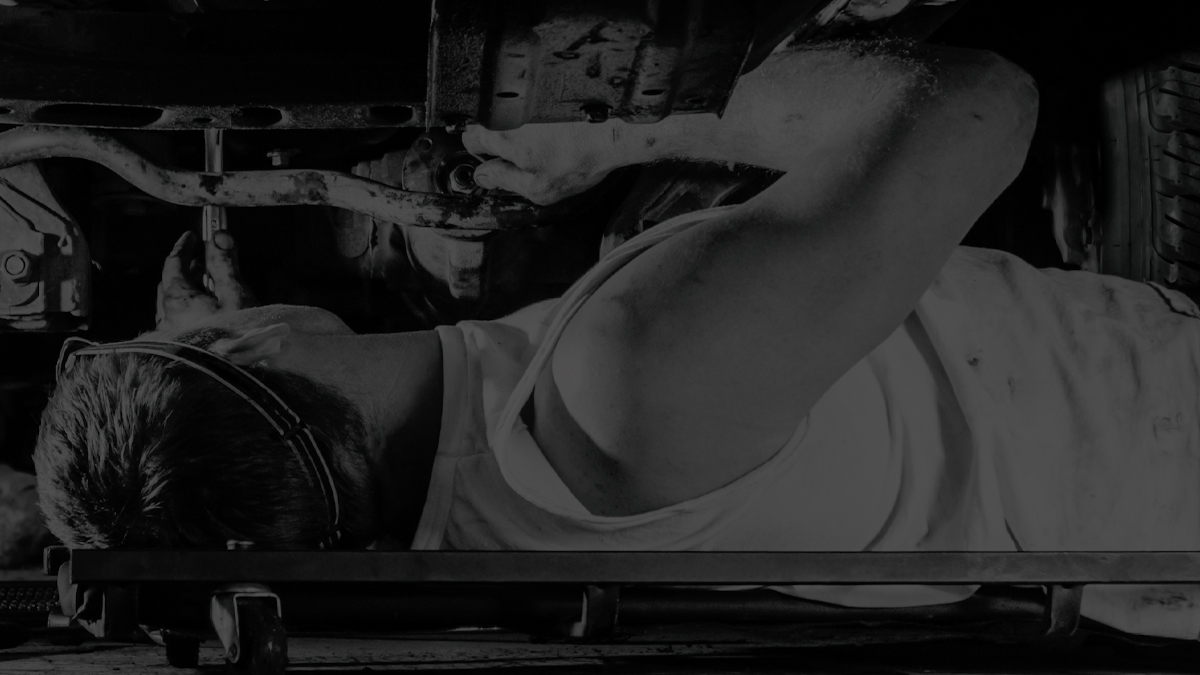

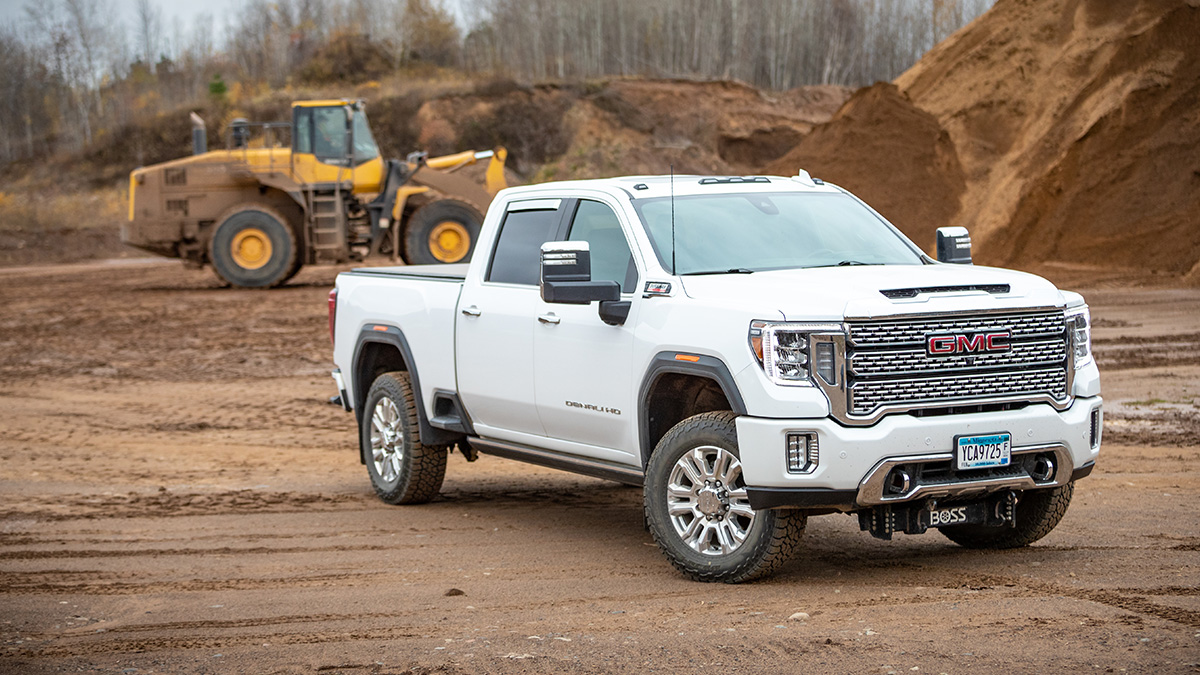
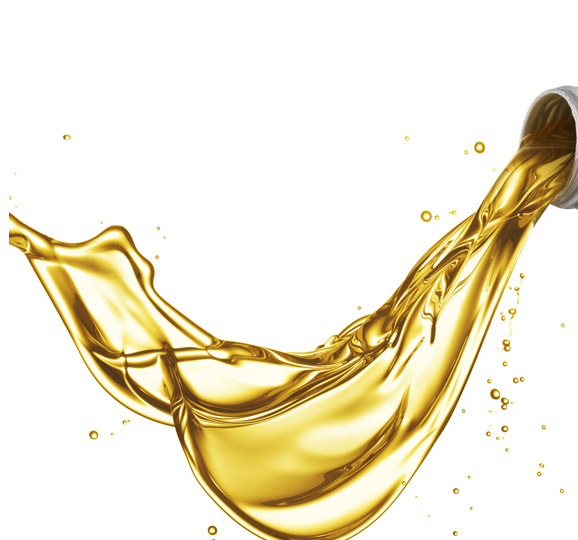
Comments
Share: